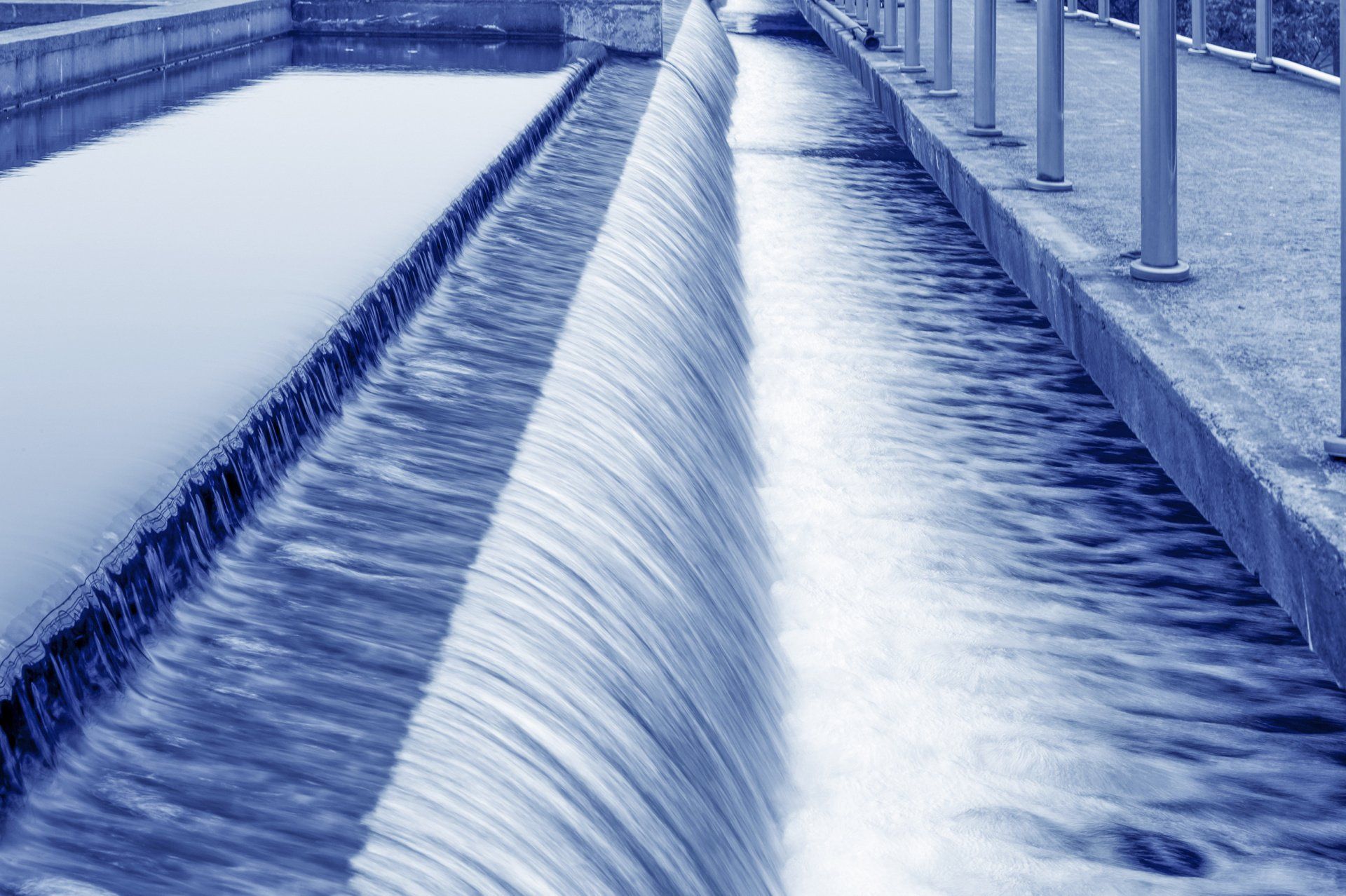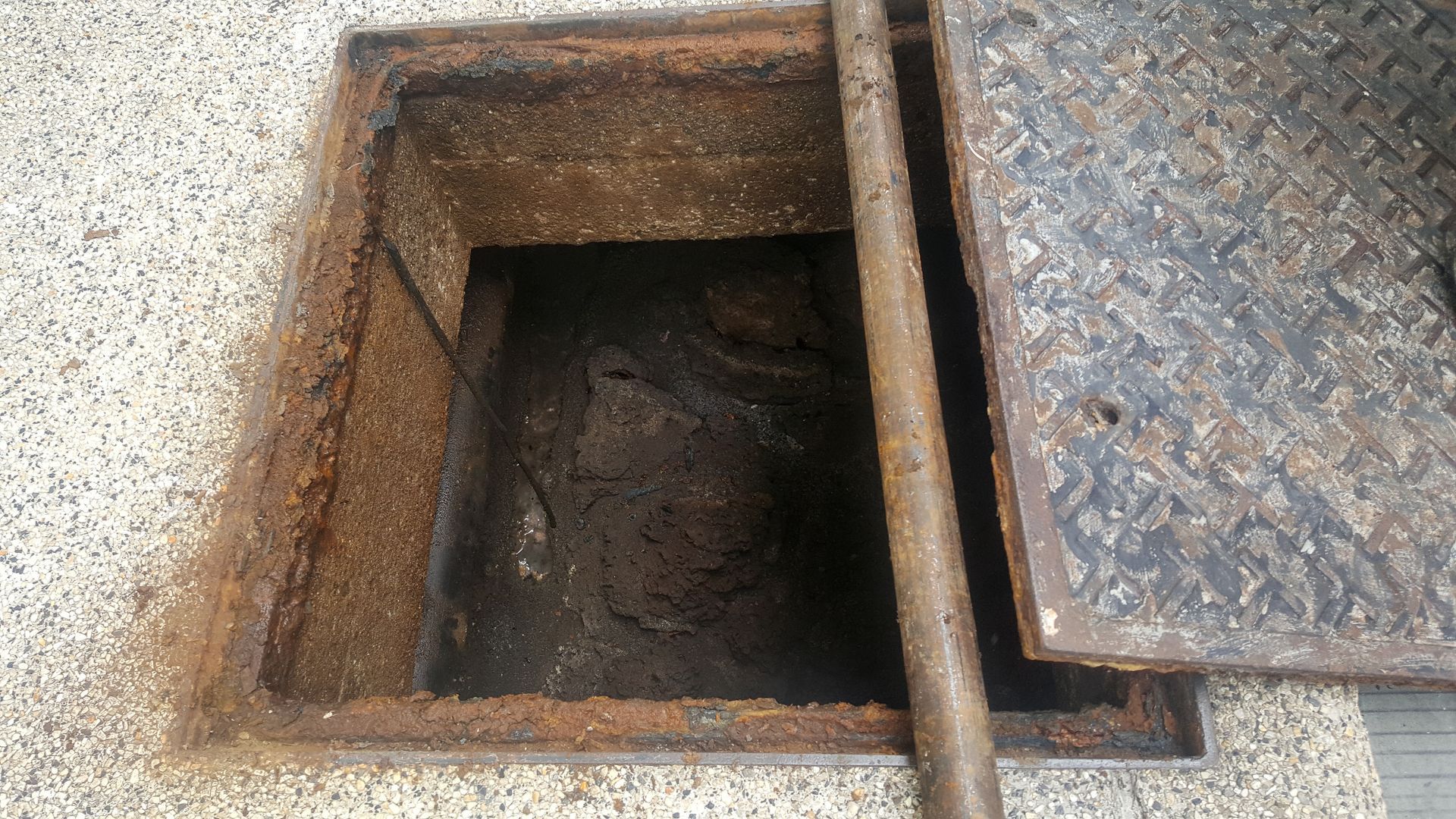What Are the Five Stages of Water Treatment?

The exact process of water treatment can take a number of different forms depending on the ultimate purpose and destination of the water. For example, the process for treating wastewater so it can be returned to the environment is different from the process of treating water that’s being pumped into homes.
In one case, the goal is to remove pollutants to prevent them from being introduced into the environment, and in the other the goal is to make sure the water people are drinking and bathing in is as pure and safe as possible.
Water treatment plants tend to be smaller than wastewater treatment plants. Although it may seem counterintuitive, the water you drink requires less rigorous treatment than wastewater.
Not all wastewater is made equal, but the cleaning process needs to be aggressive enough to remove pathogens, toxins and heavy metals from even the most polluted wastewater. Drinking water is sourced from a comparatively clean source – rivers, underground water tables and lakes. Although that water does need to go through at least a five-step process for treatment, the treatment is not nearly as aggressive as what’s required to make wastewater safe to return to the environment.
Various Water Treatment Processes
The specific water treatment processes a city or county uses to provide water to their residents vary based on the quality of their water source, their resources and the desires of the community. Generally, the process includes the following steps:
- Screening, aeration and pre-chlorination
- Coagulation and flocculation
- Settling or sedimentation
- Filtration
- Disinfection and chlorination
Water Treatment in Atlanta
Within the city limits of Atlanta, water treatment falls under the purview of the Office of Water Treatment and Reclamation, a branch of the city’s Watershed Management department. The Office of Water Treatment and Reclamation manages both of Atlanta’s drinking water plants and water storage facilities (Hemphill Water Treatment Plant and Chattahoochee Water Treatment Plant), as well as three wastewater treatment plants and seven sewer overflow treatment facilities.
The drinking water treatment plants pump water from the Chattahoochee River and store the water in reservoirs before treatment. The water in the reservoirs is then put through the drinking water treatment process, which in Atlanta entails:
- Flocculation
- Sedimentation
- Filtration
- Disinfection
- Storage in clearwell (an industry term for “finished water” storage) tanks
Storage in clearwells is important as it allows the disinfectants to do their job prior to the purified water’s distribution to customers in Atlanta. Water in the clearwell tanks is pumped through the city’s distribution pipes into taps, spigots, showerheads, appliances and toilets throughout the city.
The Hemphill Water Treatment Plant has a treatment capacity of roughly 136.5 million gallons per day, and the smaller Chattahoochee Water Treatment Plant has a capacity of 64.9 million gallons per day. About 65 percent of the drinking water that’s distributed throughout the city comes from the Hemphill plant.
New Water Treatment Projects in Atlanta
Clean and potable drinking water is something people often take for granted. However, water insecurity isn’t an unfathomable risk. Literally billions of people in the world face some degree of water insecurity. Although that’s not a particularly serious problem in the United States (yet) it is something city, state and federal officials think about.
That’s why Atlanta recently embarked upon the Bellwood Quarry Reservoir project. The reservoir, which was finished last year, can hold a massive 2.4 billion gallons of raw (pretreated) water. Before the Bellwood Quarry Reservoir was finished, the city could store about three to five days-worth of raw water. The new reservoir gives Atlanta a 30 to 90-day supply of raw water, which would only become necessary if our supply from the Chattahoochee River was ever disrupted.
Making Grease Trap Wastewater Safe for Reintroduction Into the Environment
The water and FOG pumped out of a business’s grease traps is far from clean. In its immediate post-pump state, it is entirely unsuitable for reintroduction into Georgia’s lakes, rivers or water table. As a full-service, 100 percent green grease trap servicing and waste oil recycling business, ensuring high-quality wastewater treatment is an important part of what we do at Southern Green Industries. That’s why we have our own wastewater treatment facility. We want to control the entire process to ensure the water we treat meets our high standards.
If you want to work with a responsible grease trap cleaning company, give us a call at (404) 419-6887.
Recent Blog Posts
Contact us Today for a FREE Quote
We are committed to making grease trap cleaning and fryer oil recycling as clean and easy as possible. If you’d like to learn more about our services or get a quote, give us a call at (404) 419-6887.



